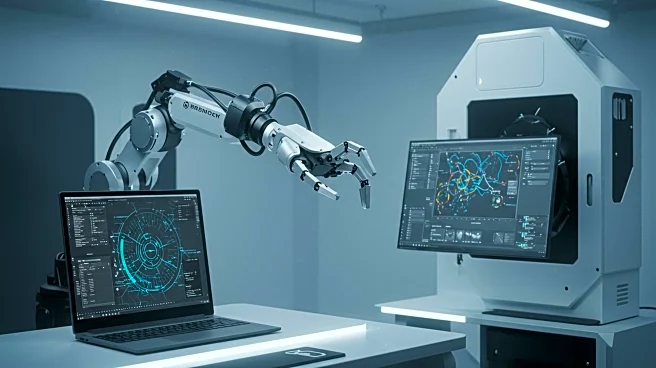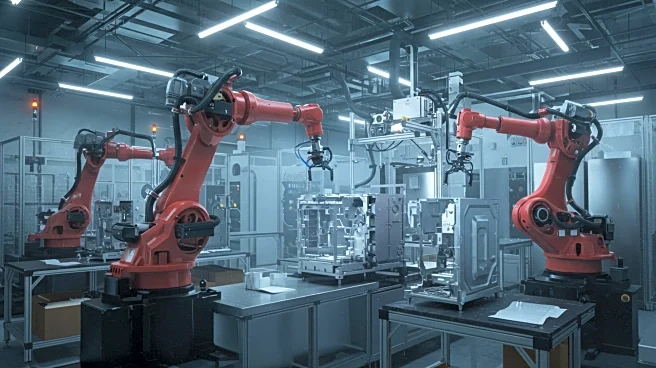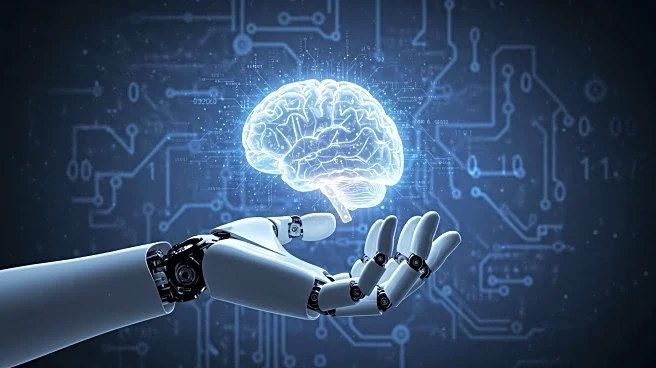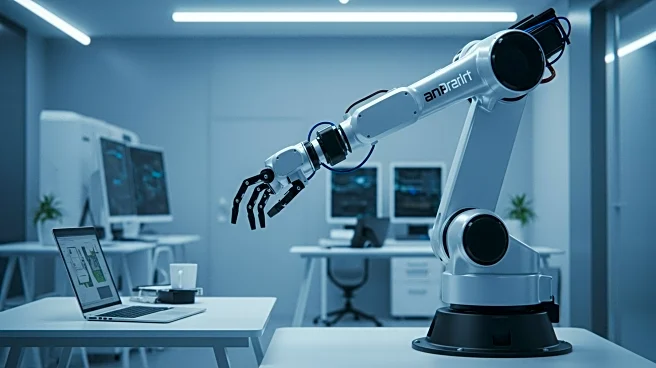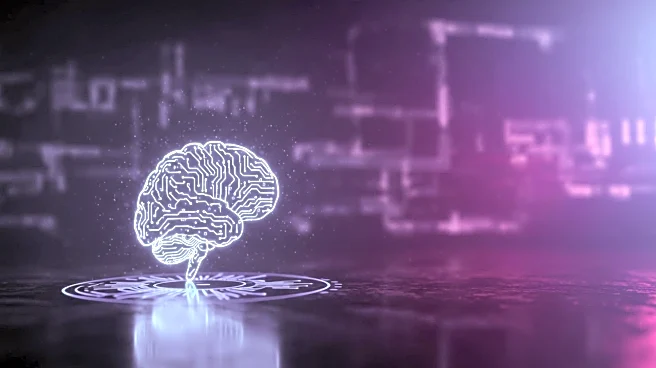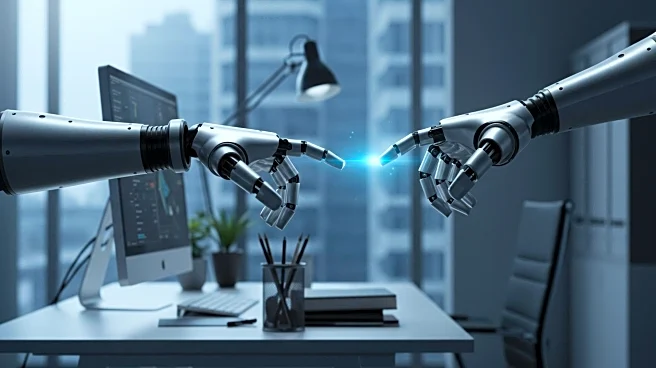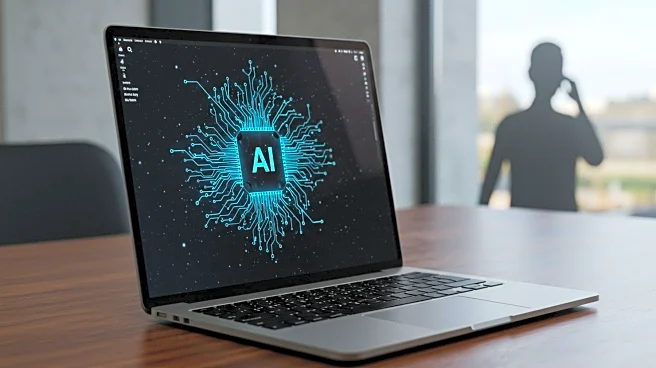Rapid Read • 8 min read
The Workforce Innovation Collaborative is focusing on the rapid changes in the workforce due to factors such as AI, automation, demographic shifts, and economic uncertainty. These changes are altering the landscape of jobs, skills, and opportunities, potentially widening inequities and leaving talent and communities behind. The collaborative brings together leaders from various sectors to identify trends, test innovative ideas, and co-design solutions aimed at creating a more inclusive future of work. The initiative emphasizes the importance of investment and innovation to ensure that the evolving workforce benefits everyone.
AD
The significance of the Workforce Innovation Collaborative lies in its potential to address the disparities that may arise from the fast-paced changes in the workforce. As technology and economic factors continue to evolve, there is a risk that certain groups may be left behind, exacerbating existing inequities. By uniting leaders from different sectors, the collaborative aims to create solutions that are inclusive and equitable, ensuring that all communities have access to the opportunities presented by the future of work. This approach could lead to more balanced economic growth and social stability.
The collaborative is expected to continue its efforts in identifying emerging workforce trends and testing new ideas. As these initiatives progress, there may be increased collaboration with policymakers, educational institutions, and businesses to implement the solutions developed. The focus will likely remain on creating accessible and participatory training and tools that can be scaled to benefit a wider audience. Stakeholders may also look to measure the impact of these solutions on reducing workforce inequities and improving job opportunities.
The deeper implications of the Workforce Innovation Collaborative's efforts include potential shifts in public policy and infrastructure to support job creation and skills development. There may be ethical considerations regarding the use of AI and automation in the workforce, as well as cultural shifts in how work is perceived and valued. Long-term, the collaborative's work could influence how society adapts to technological advancements and demographic changes, fostering a more resilient and adaptable workforce.
AD
More Stories You Might Enjoy
